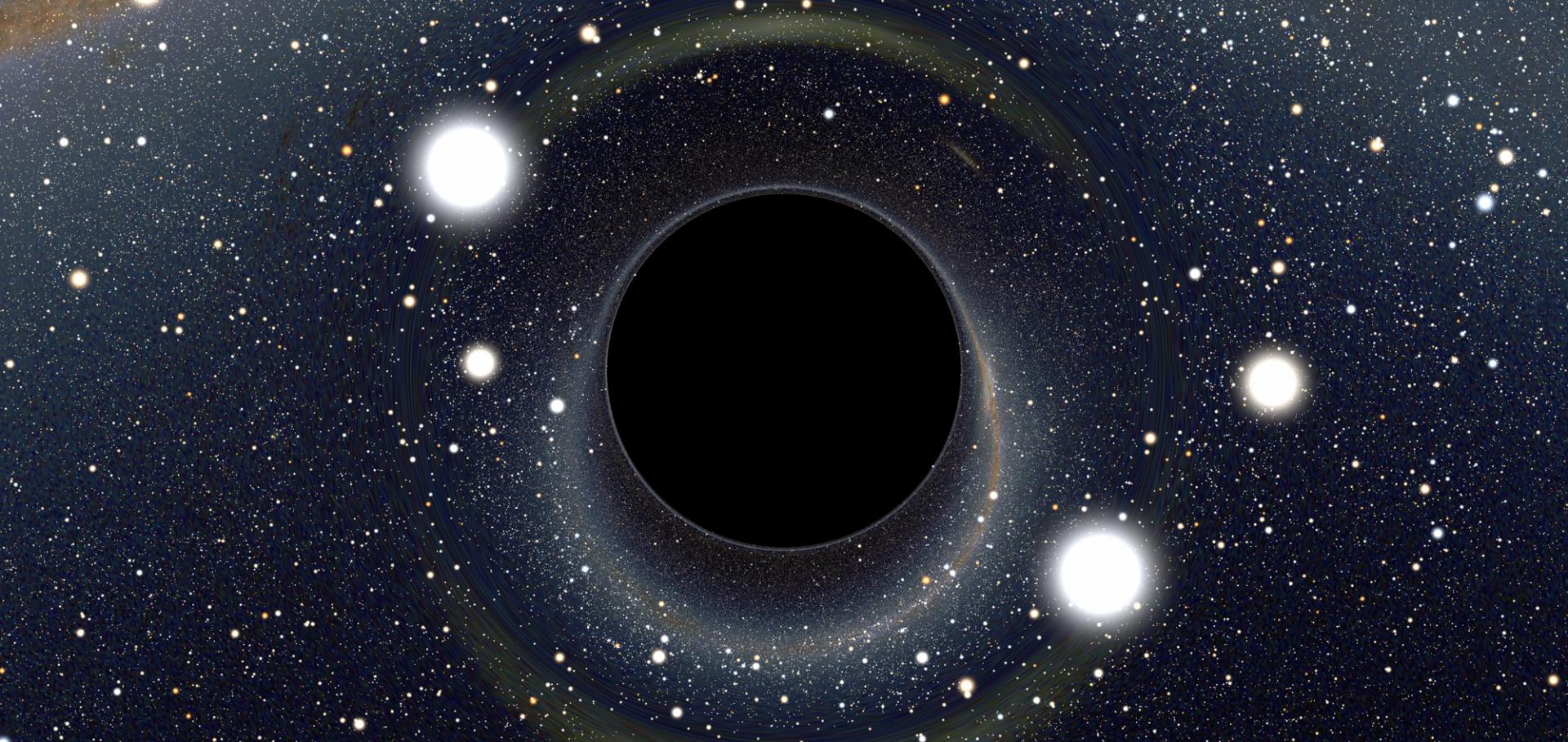Combining cosmic shear data with correlated photo-z uncertainties: constraints from DESY1 and HSC-DR1
Journal of Cosmology and Astroparticle Physics IOP Publishing (2023)
Abstract:
An accurate calibration of the source redshift distribution p(z) is a key aspect in the analysis of cosmic shear data. This, one way or another, requires the use of spectroscopic or high-quality photometric samples. However, the difficulty to obtain colour-complete spectroscopic samples matching the depth of weak lensing catalogs means that the analyses of different cosmic shear datasets often use the same samples for redshift calibration. This introduces a source of statistical and systematic uncertainty that is highly correlated across different weak lensing datasets, and which must be accurately characterised and propagated in order to obtain robust cosmological constraints from their combination. In this paper we introduce a method to quantify and propagate the uncertainties on the source redshift distribution in two different surveys sharing the same calibrating sample. The method is based on an approximate analytical marginalisation of the p(z) statistical uncertainties and the correlated marginalisation of residual systematics. We apply this method to the combined analysis of cosmic shear data from the DESY1 data release and the HSC-DR1 data, using the COSMOS 30-band catalog as a common redshift calibration sample. We find that, although there is significant correlation in the uncertainties on the redshift distributions of both samples, this does not change the final constraints on cosmological parameters significantly. The same is true also for the impact of residual systematic uncertainties from the errors in the COSMOS 30-band photometric redshifts. Additionally, we show that these effects will still be negligible in Stage-IV datasets. Finally, the combination of DESY1 and HSC-DR1 allows us to constrain the “clumpiness” parameter to S8 = 0.768+0.021 −0.017. This corresponds to a ∼ √ 2 improvement in uncertainties with respect to either DES or HSC alone.The catalog-to-cosmology framework for weak lensing and galaxy clustering for LSST
(2022)
Sensitivity modeling for LiteBIRD
Journal of Low Temperature Physics Springer Nature 211:5-6 (2022) 384-397
Abstract:
LiteBIRD is a future satellite mission designed to observe the polarization of the cosmic microwave background radiation in order to probe the inflationary universe. LiteBIRD is set to observe the sky using three telescopes with transition-edge sensor bolometers. In this work we estimated the LiteBIRD instrumental sensitivity using its current design. We estimated the detector noise due to the optical loadings using physical optics and ray-tracing simulations. The noise terms associated with thermal carrier and readout noise were modeled in the detector noise calculation. We calculated the observational sensitivities over fifteen bands designed for the LiteBIRD telescopes using assumed observation time efficiency.Propagating spatially varying multiplicative shear bias to cosmological parameter estimation for stage-IV weak-lensing surveys
Monthly Notices of the Royal Astronomical Society Oxford University Press 518:4 (2022) 4909-4920
Abstract:
We consider the bias introduced by a spatially varying multiplicative shear bias (m-bias) on tomographic cosmic shear angular power spectra. To compute the bias in the power spectra, we estimate the mode-coupling matrix associated with an m-bias map using a computationally efficient pseudo-Cℓ method. This allows us to consider the effect of the m-bias to high ℓ. We then conduct a Fisher matrix analysis to forecast resulting biases in cosmological parameters. For a Euclid-like survey with a spatially varying m-bias, with zero mean and rms of 0.01, we find that parameter biases reach a maximum of ∼10 per cent of the expected statistical error, if multipoles up to ℓmax = 5000 are included. We conclude that the effect of the spatially varying m-bias may be a subdominant but potentially non-negligible contribution to the error budget in forthcoming weak lensing surveys. We also investigate the dependence of parameter biases on the amplitude and angular scale of spatial variations of the m-bias field, and conclude that requirements should be placed on the rms of spatial variations of the m-bias, in addition to any requirement on the mean value. We find that, for a Euclid-like survey, biases generally exceed ∼30 per cent of the statistical error for m-bias rms ∼0.02–0.03 and can exceed the statistical error for rms ∼0.04–0.05. This allows requirements to be set on the permissible amplitude of spatial variations of the m-bias that will arise due to systematics in forthcoming weak lensing measurements.A hybrid map-$C_\ell$ component separation method for primordial CMB $B$-mode searches
(2022)

